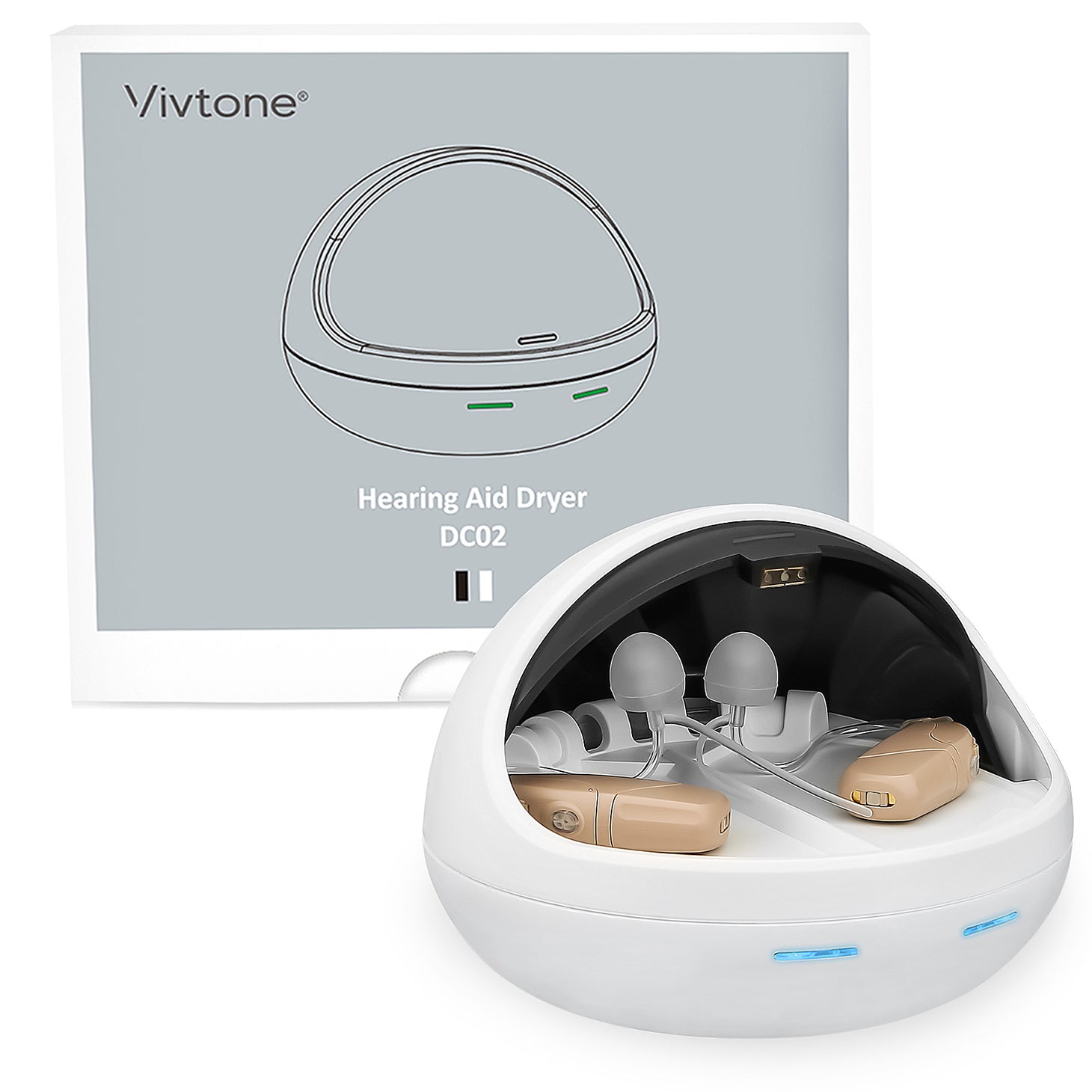Hearing aids are invaluable devices that enhance the quality of life for millions of individuals with hearing loss. However, like any piece of technology, they may require maintenance and replacement parts over time. Understanding the various replacement hearing aid parts available can help you make informed decisions about your hearing health.

Understanding Replacement Hearing Aid Parts
Replacement hearing aid parts are essential components that ensure your device functions optimally. These parts can include:
- Batteries: The power source for your hearing aid, available in various sizes.
- Domes: These silicone or rubber tips fit into the ear canal and help deliver sound.
- Filters: Protect the internal components from moisture and wax buildup.
- Tubing: Connects the hearing aid to the ear mold, allowing sound to travel.
- Microphones: Capture sound from the environment.
When to Replace Hearing Aid Parts
Knowing when to replace replacement hearing aid parts is crucial for maintaining optimal performance. If you notice any of the following signs, it may be time to consider replacements:
- Your hearing aid is producing distorted sound.
- There is a decrease in volume or clarity.
- Physical damage is visible on any part of the device.
- The battery life has significantly decreased.
Where to Find Replacement Hearing Aid Parts
Finding high-quality replacement parts is essential for the longevity of your hearing aid. A reliable source for replacement hearing aid parts is  . They offer a wide range of accessories and parts that cater to various hearing aid models.
. They offer a wide range of accessories and parts that cater to various hearing aid models.
Maintaining Your Hearing Aids
Proper maintenance can extend the life of your hearing aids and their parts. Here are some tips to keep in mind:
- Regularly clean your hearing aids to prevent wax buildup.
- Store them in a dry place when not in use.
- Replace batteries as needed to ensure consistent performance.
- Consult with an audiologist for professional maintenance advice.
Conclusion
Understanding replacement hearing aid parts is crucial for anyone relying on these devices. By knowing what parts are available, when to replace them, and where to find them, you can ensure your hearing aids continue to serve you well. Remember, regular maintenance and timely replacements can significantly enhance your hearing experience.








